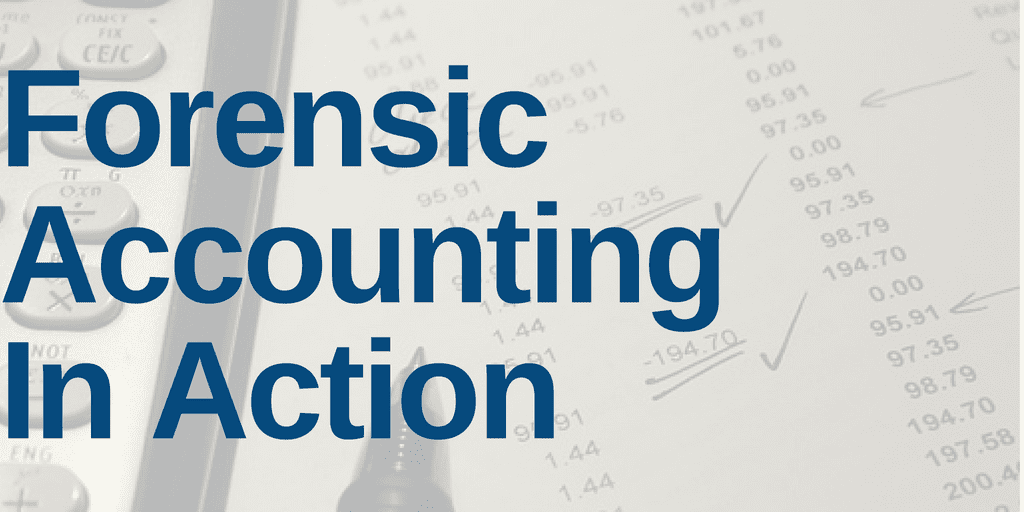For March 6, our forensic accounting needle in a haystack comes from a restaurant that excludes nearly half of its invested capital from its ROIC calculation.
Analyst Devyn Delange found an unusual item in Cheesecake Factory’s (CAKE) 2018 10-K.
On page 5, CAKE discloses that it targets a company-level return on invested capital (ROIC) of 15%. We found this target interesting since our model shows CAKE has never earned a 15% ROIC. In fact, the company has only earned an ROIC above 10% in one year out of the past 20.
The divergence between CAKE’s internal target and our own best-in-class numbers comes from the company’s $703 million in off-balance sheet debt due to operating leases, which are disclosed on page 64. When accounted for, this off-balance sheet debt accounts for 46% of CAKE’s invested capital in our calculation.
CAKE does not account for leases in its invested capital calculation, which explains why the company claims it earned a 14% ROIC in 2018 when our model shows it earned an 8% ROIC.
As we’ve written about before, companies will soon be required to account for operating leases on the balance sheet. When that new rule comes into effect, CAKE will have to make a choice: Either change its calculation to ignore lease assets on the balance sheet or admit that it is not as profitable as it has claimed.
We think more managers should focus on ROIC, but using the wrong numbers undermines much of the benefit of focusing on ROIC. Accordingly, managers (and boards of directors) should leverage independent 3rd-party experts, like us, to calculate and track ROIC for them and their peers.
The Power of the Robo-Analyst
We analyzed 54 10-K filings yesterday, from which our Robo-Analyst[1] technology collected 5,120 data points. Our analyst team used this data to make 938 forensic accounting adjustments with a dollar value of $313 billion. The adjustments were applied as follows:
- 378 income statement adjustments with a total value of $28 billion
- 392 balance sheet adjustments with a total value of $158 billion
- 168 valuation adjustments with a total value of $127 billion
We believe this research is necessary to fulfill the Fiduciary Duty of Care. Ernst & Young’s white paper, “Getting ROIC Right”, demonstrates how these adjustments contribute to meaningfully superior models and metrics.
This article originally published on March 6, 2019.
Disclosure: David Trainer, Devyn Delange, and Sam McBride receive no compensation to write about any specific stock, sector, style, or theme.
Follow us on Twitter (#filingseasonfinds), Facebook, LinkedIn, and StockTwits for real-time alerts on all our research.
[1] Harvard Business School features the powerful impact of our research automation technology in the case New Constructs: Disrupting Fundamental Analysis with Robo-Analysts.
